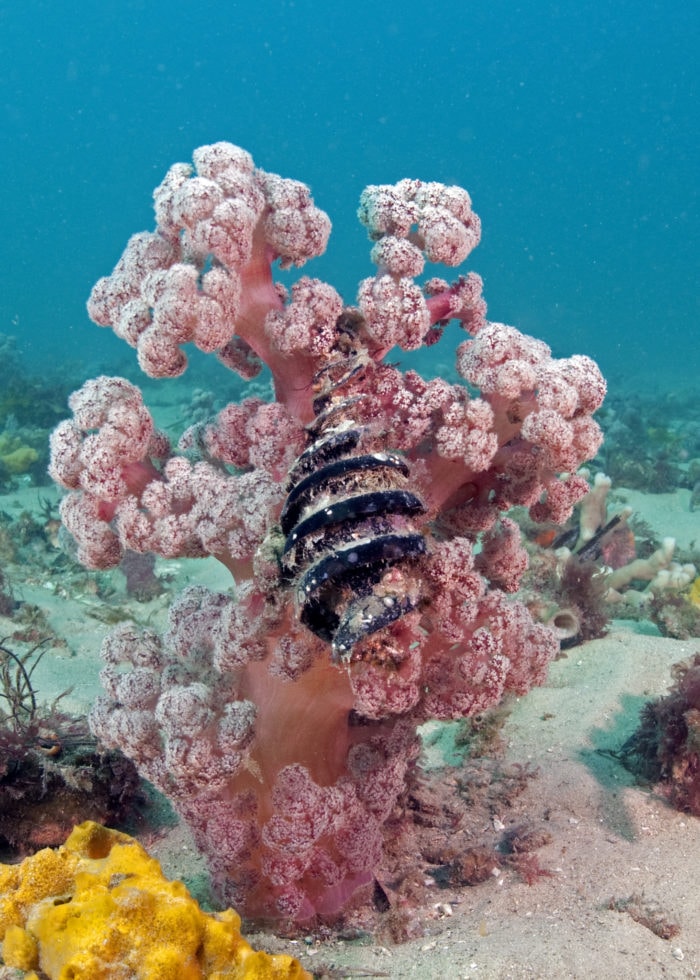‘Beautiful coral’ discovered on the New South Wales Central Coast

MAPPING OF THE Brisbane Water estuary on the New South Wales Central Coast has revealed the existence of soft corals previously thought to be restricted to Port Stephens.
Before the discovery, there had been anecdotal evidence that soft coral existed at Ettalong and Umina, but until now, no specimens had been found.
The species of soft coral, Dendronephthya australis, is pink-to-brown in colour, with no hard skeleton, meaning it can be seen swaying with the current.
“People have been totally surprised by the presence of a soft coral on the Central Coast,” says Troy Gaston from the University of Newcastle, who was involved in the mapping.“They don’t believe it at first.
“They are a beautiful coral and we are only just beginning to understand its role in the ecosystem, including the species that rely upon it.”
According to Troy, this particular coral needs soft sediment and high water flow to survive, making the Brisbane Water estuary ideal habitat.

Dendronephthya australis from Port Stephens, which is genetically the same as the Central Coast species. (Image credit: David Harasti)
Port Stephens, located in the Hunter Region of New South Wales, is the last stronghold for Dendronephthya australis, where it is in decline and being considered for listing as a threatened species due to boat anchoring, installation of moorings and sand inundation.
Commercially important species such as snapper are often found in and around this species of coral, as well as the endangered White’s seahorse, meaning further decline could have flow-on effects.
“Further decline of Dendronephthya may see a decline in our seahorse populations,” says Troy. “That’s something none of us want.”.
The University of Newcastle is working with the NSW Department of Primary Industries Fisheries, Macquarie University and UNSW to collect scientific information about this species, including its habitat, the species that rely on it and its role in the ecosystem.
Scientists say the new discovery brings some hope for the coral.
“There is so much biodiversity beneath the waves and we really need to get the message out there as to what we have,” says Troy.
“There are many stressors on our estuaries because of urban development and agriculture, and we really need to manage and mitigate those stressors so that we can conserve our waterways and biodiversity for future generations.”




